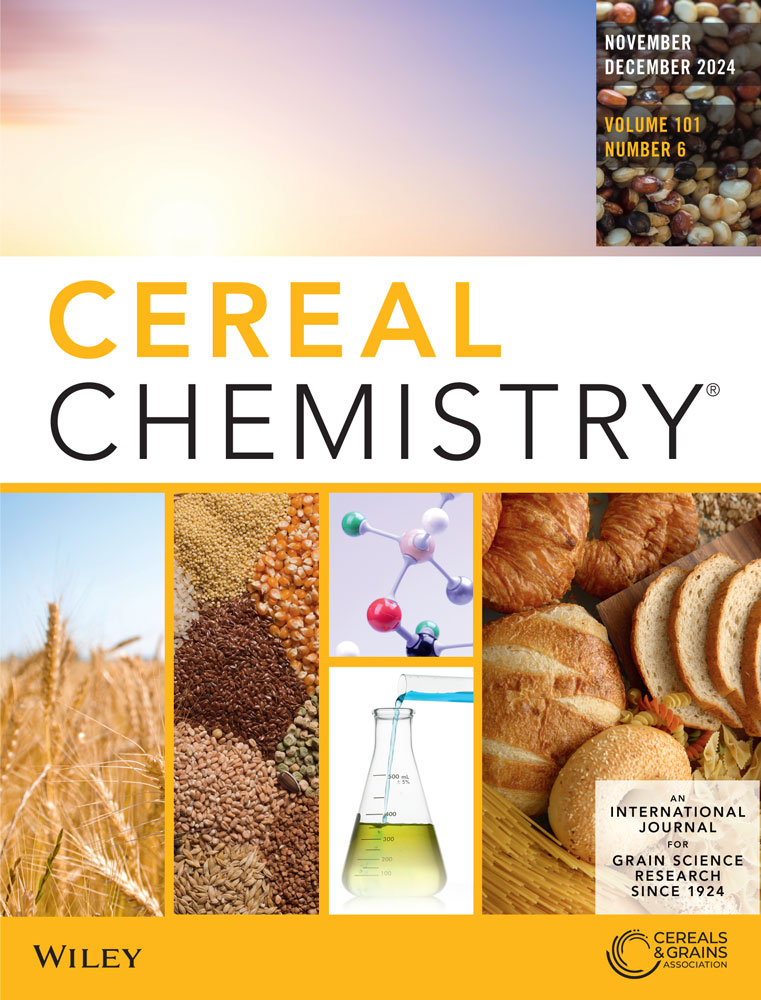Analysis of Short- and Long-Term Two-Mode Retrogradation of Corn Starch During Refrigerated Storage
Abstract
Background and Objectives
Starchy foods stored at low temperatures for long periods undergo hardening due to starch retrogradation (crystallization). However, a method for measuring the degree of starch retrogradation has not been sufficiently established yet. In this study, two modes of starch retrogradation were kinetically investigated for short- and long-term retrogradation to assess starch retrogradation with high accuracy. The retrogradation degree of corn starch (CS) was assessed using the β-amylase-pullulanase (BAP) method, differential scanning calorimetry (DSC), mechanical measurements, and water separation ratio.
Findings
By improving the measurement precision of the BAP method, starch retrogradation could be evaluated with high precision, even at high CS concentrations. The time course of enthalpy change (ΔH) that accompanies the melting of recrystallized starch crystals due to retrogradation for 0–25 days using a single Avrami's formula, the regression curve had a correlation coefficient R of approximately 1, but the χ² value was considerably larger than that for 0–5 days. Using two combined Avrami's formulae had a correlation coefficient R of 1 and a small value of χ², which well described the change in ΔH over time. Additionally, Avrami's analysis revealed two crystal modes separated by approximately 5 days. Mechanical measurements and water separation ratio results also supported the existence of two crystallization modes separated by approximately 5 days.
Conclusions
The BAP method and DSC could be used to assess the degree of starch retrogradation with high accuracy. The two combined Avrami's formulae were found to kinetically discriminate the switch from short- to long-term retrogradation.
Significance and Novelty
Using the two combined Avrami's formulae, the temporal change in ΔH obtained from DSC measurements was satisfactorily described. Our results contribute to the evaluation of starch retrogradation during refrigerated storage.


 求助内容:
求助内容: 应助结果提醒方式:
应助结果提醒方式:


